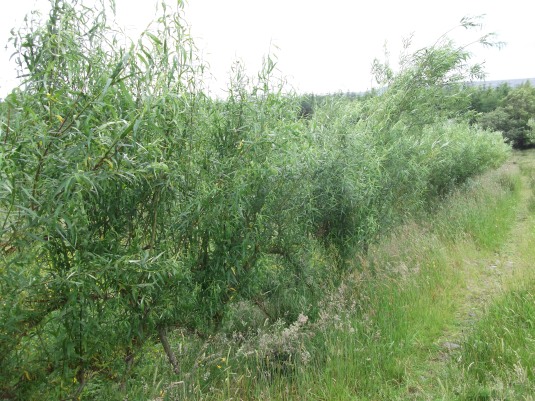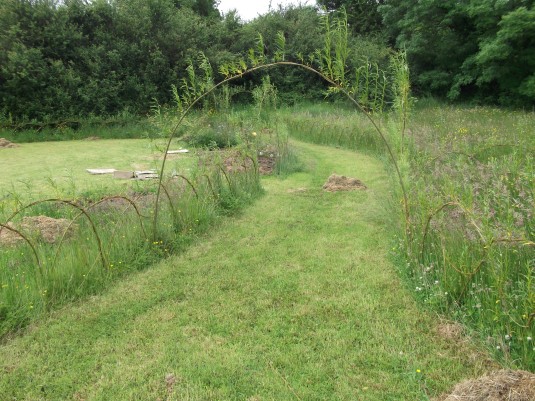Before I get started on this subject, I have to tell you what a very , very strange, weird and exciting week we’ve had here at ‘The Willows’. We have been contacted by a major, international media company, based in London, wanting to run a story about our lives, and our way of living, because we are completely off the grid, with our own alternative energy, water supply and almost all our own food ( we are still sorting out the last one !). I had a really nice, hour long telephone conversation, with a lovely lady, just talking about life at ‘The Willows’. After a few days she contacted us again and said that even though there’d been a very good response from newspapers and magazines, and even though we are both British citizens, the papers would prefer to have had UK based people. So, oh well, we can only wait and see if the newspapers come to their senses ! But, at the end of the day, thank you so much to Hannah and the publishing company for recognising our little story and making us both feel so proud of the acknowledgement.
Anyway, onwards and upwards.
Now, the willow fedgerow is one of our constant and favourite blog stories for the simple fact that it was this subject that started us off on our blog journey, when a couple of our friends visited us and took some photos for their own blog. www.fromacountrycottage.wordpress.com and they received a good response to it.
Willow is so easy and versatile to use, it almost makes the perfect planting material and my goodness, it grows so quickly! With every year it grows, the more rods it produces, providing ever more planting opportunities. We have literally fenced our whole land with willow, which is why when I said that we had planted lots of trees, it really is quite impossible to count but it must be getting towards 1000, possibly more, but hey, who’s counting?
The only problem with willow is that Bowie and Floyd, our donkeys, love to eat it, so in many areas we have had to put an exclusion zone with a wire fence as well.
Wrapping the rods in this way holds them in place.
Willow really is so easy to use, you literally just push it into the ground, walk away and watch it grow. I would say that we have had around a 95% success rate with many sizes from 2 feet in length, pushed in to ground about 9 inches, to 12 feet that we wove into archways ( hence our name!)
Fallen arches. The wind will always catch anything that’s top heavy. This archway is about 6 years old and our willowarchway picture.
This is it after a straighten up and a haircut !
Weaving not only looks pleasing but strengthens the structure.
This fedge is around 3 years old.
This 100 metre long fedgerow is 6 years old and was the first fedge to be planted on our land. It goes from the house all the way down the driveway to the lane. This willow was originally sourced from the roadside and all other fedgerows on our land have been created from this We have plans to lay another fedge on the other side of the driveway and in time we’ll join the two together to form a tunnel.
Willow fedgeing being used to create a pathway through the garden.
Happy fedgeing, any questions and you know where we are.
Enjoy









































Recent Comments